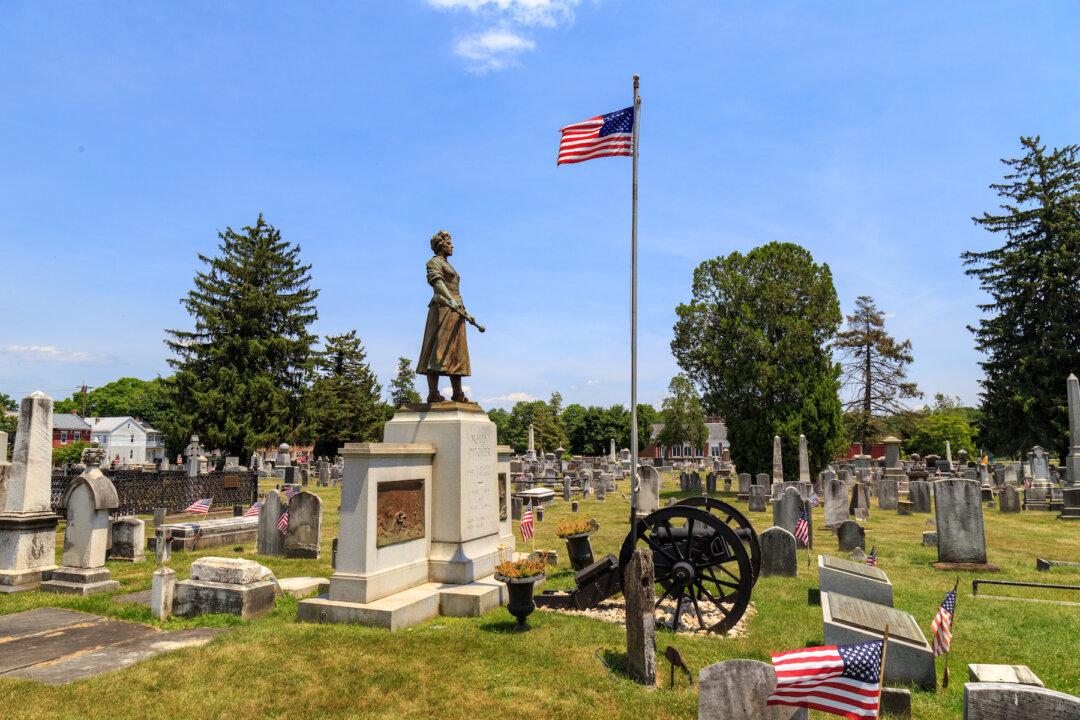The heart of downtown Carlisle, Pennsylvania, marked with stately architecture, hidden alleys, and old homes, is akin to that of an elderly great lady: mature and put together at first glance, but, upon closer inspection, privately bursting with stories of her vibrant past.
The streets, lined with austere brick townhomes, arched doorways that lead to small alleyways, and private gardens, largely reflect the original plan of the town from the 1750s. Plaques nailed into plaster siding or erected as wayside markers along the main sidewalk are etched with details that offer a window into Carlisle’s rich and varied history.





